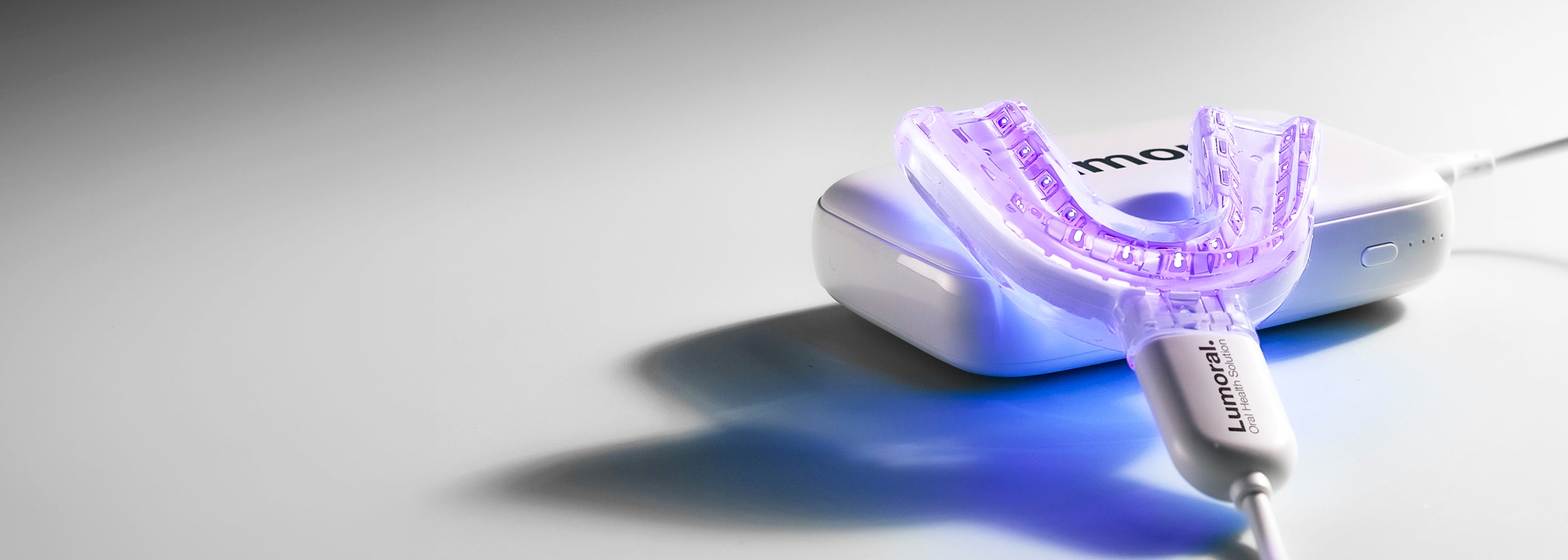
Dent. J. 2021, 9(5), 52; doi: https://doi.org/10.3390/dj9050052
Nikinmaa S, Meurman J, Moilanen N, Sorsa T, Rantala J, Alapulli H, Kankuri E, Kotiranta A, Auvinen P, Pätilä T.
Dentistry Journal is an international, peer-reviewed open access journal published monthly online by MDPI.
Introduction
Antimicrobial photodynamic therapy (aPDT) has been introduced as an adjunct method for dental hygiene. Although antibacterial and antiplaque effects resulting from aPDT have already been demonstrated in the literature, effects on bacterial flora diversity or early gingivitis biomarkers have not previously been established.
Methods
Fifteen healthy adults were assigned to the study. Upper premolars (4. and 5.) were examined on both sides of the maxilla. After meticulous scaling and root planing, the maxillary dental arch was left without any mechanical cleaning for four days. Randomisation of the treatment side of the upper dental arch was performed, and following the initial sample collection, the mouth was rinsed with ICG and 100J/cm2 of 810 nm light was subsequently applied for eight minutes. The treatment was repeated daily for four days. ICG localisation after the mouth rinse procedure was measured after each treatment by near-infrared imaging. Plaque area, 16S rRNA bacteriological identification, and gingival crevicular fluid (GCF) matrix metalloproteinase 8 (MMP-8) samples were measured. Fluorescent imaging showed ICG adherence to dental plaque, enabling localised treatment at the target site.
Results
Antimicrobial photodynamic therapy resulted in a significant reduction of plaque formation. An analysis of the 16S rRNA sequencing found a reduction in the Streptococcus, Acinetobacterial, Capnocytophagal, and Rothia bacteria species and a gain in Neisseria and Hemophilus bacteria on the aPDT-treated side. The gain in the latter group of bacteria superseded the relative loss of the former in the plaque, while alpha diversity remained stable. A reduction of the total amount of MMP-8 in the GCF was seen on the treated side, suggesting inhibition of early gingivitis.
Conclusion
In conclusion, ICG-based aPDT is effective and reduces the amount of known oral pathogens, with compensated bacterial growth in species associated with good oral health, but without a change in overall bacterial diversity. The treatment can be applied specifically to dental plaque, and the anti-inflammatory effect may prevent the development of early gingivitis.



